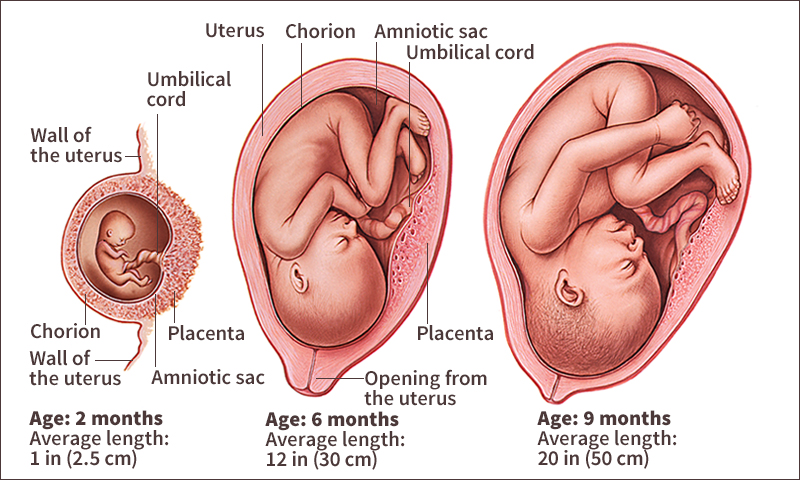Reproduction is the process by which living things create more of their own kind. All types of living creatures reproduce, from the tiniest bacteria to the largest plants and animals. Without reproduction, all forms of life would die out.
Organisms can produce offspring like themselves because they possess genes. Genes are tiny segments of DNA (deoxyribonucleic acid), the substance that determines an organism’s essential traits. Genes are contained in each cell of an organism and are transferred to the organism’s offspring during reproduction.
There are two general types of reproduction—sexual and asexual. In sexual reproduction, a new organism is formed by the joining of a gamete (sex cell) from one organism with a gamete from another organism. Human beings and almost all other animals reproduce sexually. In asexual reproduction, a new organism develops from parts of, or parts produced by, one organism. Living things that reproduce asexually include bacteria and other simple organisms. Many organisms can reproduce both sexually and asexually. They include most plants and fungi and certain simple animals, such as sponges.
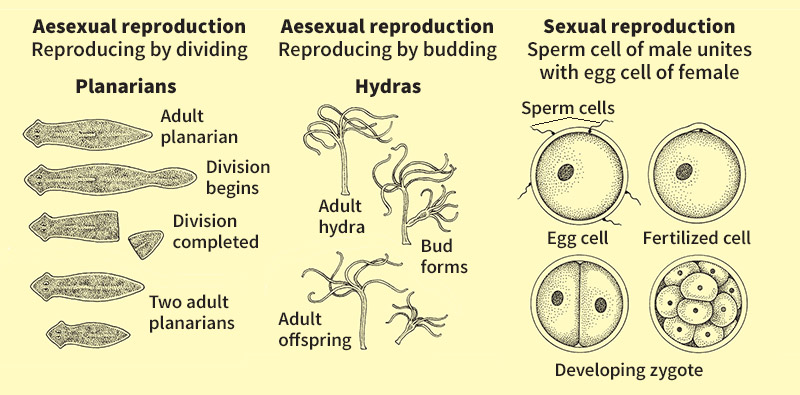
Scientists believe that the first living things lived in the sea and reproduced asexually. Sexual reproduction also evolved (developed gradually) in the sea. After organisms began to live on land, they evolved increasingly complex methods of sexual reproduction.
This article describes reproduction in living things other than human beings. For a discussion of human reproduction, see Reproduction, Human.
How genes are transferred
During reproduction, an organism transmits a copy of its genes to its offspring. Genes are contained in threadlike structures called chromosomes. Bacteria, which are one-celled organisms, have only one chromosome, consisting of a single strand of DNA. In more complex organisms, each body cell contains two copies of each chromosome, and the two copies are arranged in pairs. Cells with pairs of chromosomes are called diploid cells. Cells that contain only one copy of each chromosome are called haploid cells.
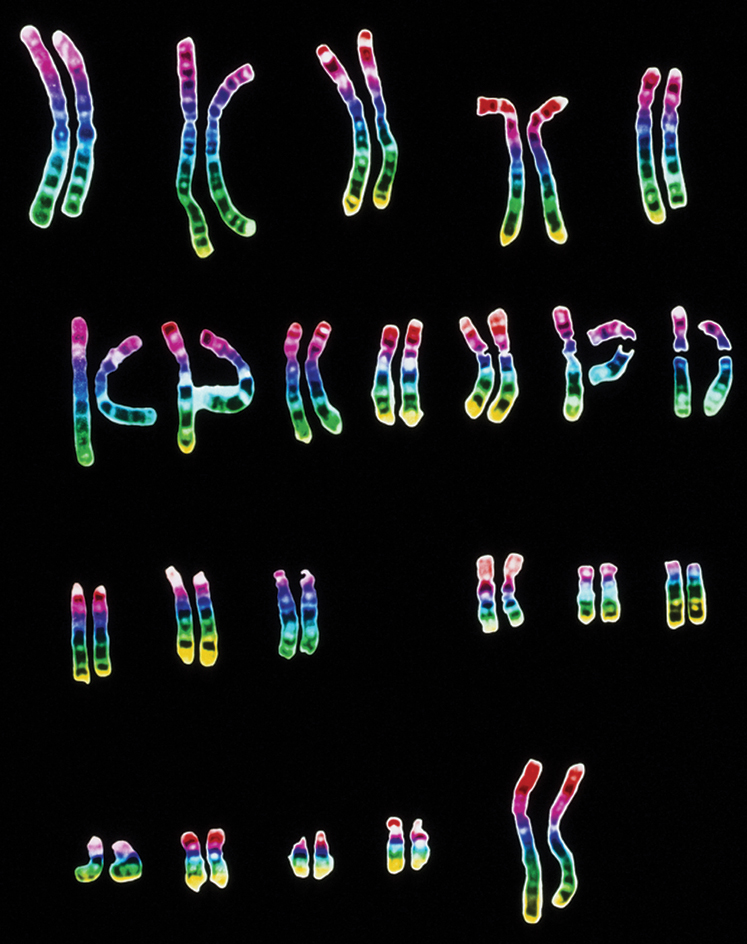
Through sexual reproduction,
the offspring inherits genes from two parents. The genes are transmitted by the two gametes that form the new individual. Sexual reproduction involves a cycle of two processes, meiosis and fertilization. In meiosis, diploid cells produce gametes, which are haploid cells. The male gamete is called a sperm, and the female gamete is called an egg. Fertilization is the union of these gametes. It produces a diploid cell, the fertilized egg. The fertilized egg develops into the new organism. Because it receives genes from each parent, the offspring has a unique genetic makeup and traits that differ from those of either parent.
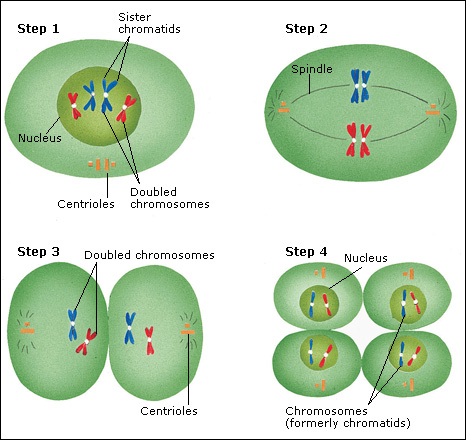
Through asexual reproduction.
Although many diploid organisms reproduce sexually, others reproduce asexually. For example, sponges are diploid animals that can reproduce by a process called budding. In this process, a small portion of the sponge breaks off and gives rise to a new individual. There is no meiosis and no fertilization. A similar process, called vegetative propagation, occurs in many plants. See Plant (The reproduction of plants).
Another form of asexual reproduction occurs in bacteria and other one-celled organisms. Such organisms simply divide when they grow to a certain size. This process is called binary fission. Before dividing, the organism makes a copy of its chromosomes, which contain the genes. The cell splits between the two copies so that each of the resulting cells gets one of the copies. Thus, in asexual reproduction, every cell of the new organism has the same genes as the parent, and the offspring and the parent are identical.
How reproduction has evolved
Most scientists believe that life arose on Earth about 31/2 billion years ago. The first living things probably were microscopic, one-celled organisms that lived in the sea and reproduced asexually. Sexual reproduction also evolved in the sea. Sea animals reproduce sexually by means of external fertilization. In this process, the female releases eggs into the water. Fertilization occurs after a male releases sperm into the water and the sperm unite with the eggs.
About 400 million years ago, some organisms left the sea to inhabit land. The new, dry environment presented problems for existing methods of reproduction. Organisms that reproduced sexually could not simply release their gametes near one another on land since the gametes would dry up and die. Thus, organisms evolved with new reproduction methods suitable to land conditions.
Plants
evolved to produce seeds, watertight structures that enclose the plant’s embryo (fertilized egg). The seed keeps the embryo from drying out until enough water is available for it to grow.
Fungi
developed to produce a form of reproductive cell called the spore. Like the seeds of plants, the spores of fungi only begin to grow when water is available.
Amphibians,
such as frogs, fertilize their eggs externally in a puddle or pond. The fertilized egg of an amphibian does not contain enough nutrients for the offspring to develop completely by the time the egg hatches. As a result, an amphibian goes through a larval stage after it hatches and before it becomes an adult. During the larval stage, the animal gathers and eats the food it needs to reach full maturity.

Insects
developed to make eggs with shells that retain water. The female can lay the eggs on twigs and other places exposed to air without their loss of moisture. In most insects, the eggs are fertilized as they leave the female’s body by sperm stored in her abdomen.
Reptiles and birds.
Reproduction in reptiles involves internal fertilization, a process in which the male releases sperm into an opening in the female’s body. The egg is fertilized within the female’s body, where it is completely protected from drying out. Most scientists believe that birds evolved from reptiles. The eggs of reptiles and birds contain a large amount of nutrients and are contained within a watertight shell, so they can be laid in dry places. The offspring grows within the egg, eventually using up all the nutrients and developing into a miniature adult before hatching.
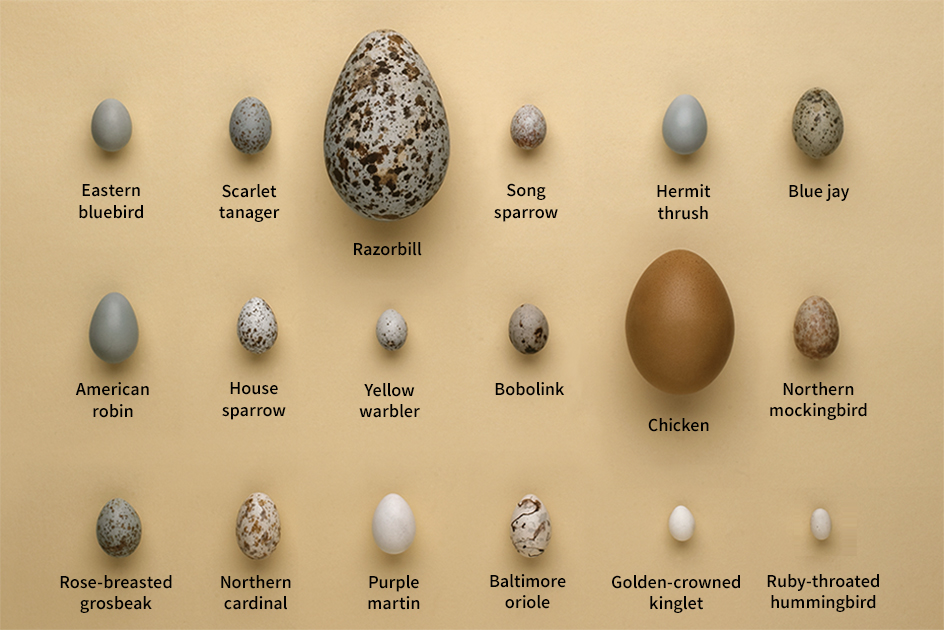
Mammals.
Reproduction in mammals involves internal fertilization. Like reptiles, the earliest mammals laid eggs. Only two such mammals, the echidna and the platypus, survive today. In all other mammals, the young are born alive.
Certain mammals, called marsupials, give birth to extremely underdeveloped young. The young continue their development in a pouch on the mother’s body, where they feed on the mother’s milk. Marsupials include kangaroos, opossums, and koalas.
The great majority of mammals, however, give birth to well-developed offspring. While in the body of the mother, the young of these mammals receive nourishment from the mother’s blood through a specialized organ called the placenta (see Placenta). Such mammals are called placentals.
